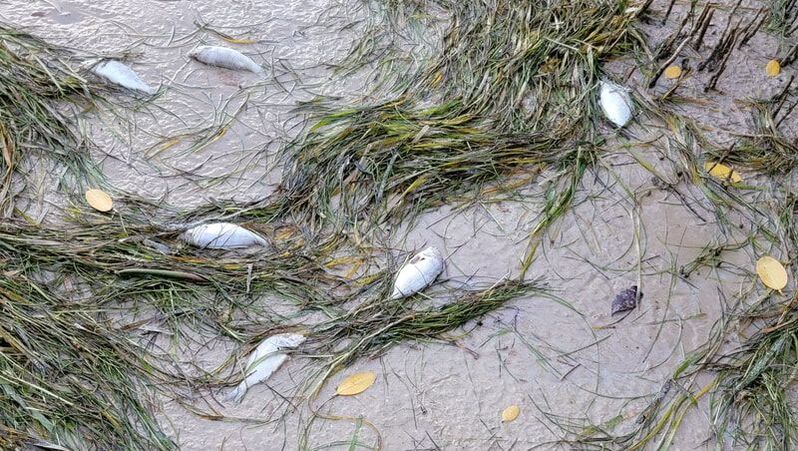|
As the 2022 hurricane season officially comes to an end, with it comes increased reports of the harmful algae bloom, red tide, along the southwestern coastline of Florida. While the algae blooms that cause red tide occur almost annually in the Gulf of Mexico around the late summer or early fall, it doesn't make the occurrence any less devastating for the areas affected. "It is with the utmost sadness to report that SEVERE RED TIDE has crept back into the Tampa Bay Area [...] I saw it along with plenty of dead fish with my own eyes a few miles out of St. Pete Beach yesterday," said in part by local fisherman and YouTuber, Tyler Kapela, in his most recent Instagram post. Kapela is far from being the only one claiming ill effects of red tide along the Gulf Coast. The Florida Fish and Wildlife Conservation Commission's (FWC) fish kill report database appears to confirm an increase in fish kills for the areas including Manatee, Sarasota, Charlotte, Lee, and Collier counties. According to the FWC, as of November 30 the single-celled organism responsible for causing red tide, Karenia brevis, was observed at background to low concentrations as far north as Pinellas County and as far south as Collier County at background to high concentrations--and at alternating levels in between the two. FWC's status report noted that suspected red tide-related respiratory irritation was observed over the past week in Southwest Florida in Manatee, Sarasota, Charlotte, Lee, and Collier counties. Even at very low concentrations, between > 1,000 - 10,000 cells/L, red tide can cause possible respiratory irritation. The next complete status report will be issued on Friday, December 2. To learn more about red tide or to report fish kills or abnormalities, visit the FWC's website here.
0 Comments
Your comment will be posted after it is approved.
Leave a Reply. |
CATEGORIES |
|
|
Vertical Divider
|
Can't get enough?Uncover more of Florida through our channels below!
|
© COPYRIGHT 2015. ALL RIGHTS RESERVED.


 RSS Feed
RSS Feed